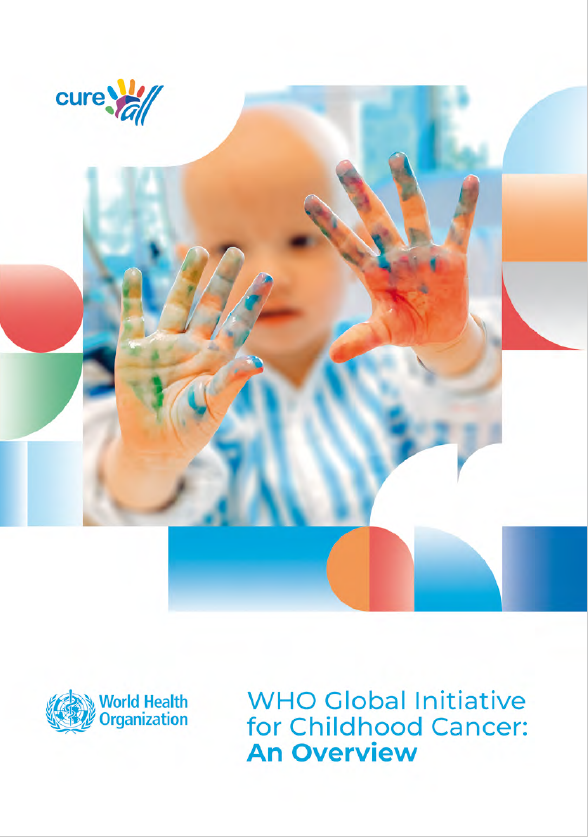/teams/healthier-populations-non-communicable-diseases/non-communicable-diseases/a-young-patient-receiving-care-at-the-national-cancer-institute-sri-lanka.tmb-479v.png?sfvrsn=11c059b5_1)
Expanding childhood cancer services
Dr Sanjeeva Gunasekera, NCI Sri Lanka
©
Credits
Overview
- Childhood cancers represent a group of cancers that are generally not preventable but that are highly curable with more than 85% overall survival rate being achieved in high income countries with good quality timely treatment.
- About 60,000 children develop cancer in the WHO South-East Asia region every year; and almost half of them succumb to the disease. This proportion of deaths is three times higher than in the high-income countries. Difficulties in access to care and suboptimal availability of evidence-based quality treatment contribute to the gap in survival figures.
- Despite the high curability, childhood cancer services are not easily accessible in many geographies within the region and the quality of care has scope for improvement.
WHO South-East Asia Response
- In alignment with the WHO CureAll technical package for implementation of the Global Initiative for childhood cancer (GICC), WHO Regional Office for South-East Asia has established a network of practice of key institutions delivering childhood cancer services, the South-East Asia Childhood Cancer Network (SEAR-CCN) to promote collaboration and sharing of best practices.
- The network runs a regular Virtual Tumor Board and hosts technical dialogues on topics of common interest. It also leads works on workforce capacity building. WHO is also supporting activities with focus on specific country needs ranging from strengthening quality improvement to establishment of shared care network among other things.



